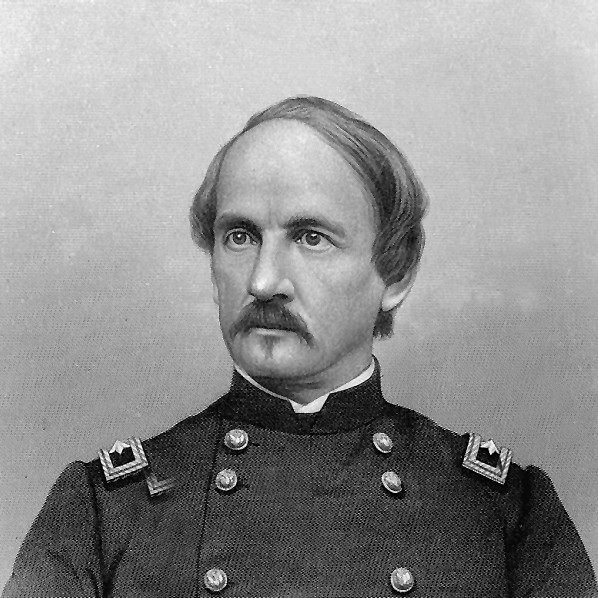Henry Hastings Sibley, the man behind the school
Most schools today have a vision for educating their students, a statement coupled with their mission, beliefs, and strategies to accomplish their lofty goals. They spend much time with the help of community members to develop meaningful ideas that will impact their families and neighborhoods. They, as a school, want people to associate their vision with their school. In the mid-1900s, no educator talked about a mission or vision for their school. Instead, they looked to their community and beyond for role models for their students and to help them remember them, they put the names of these special people in a place where everyone would see them—on their schools.

Northfield in 1963 compiled their list and chose a man of adventure, character, intellect, and honor to grace their newest elementary school. That man was Henry Hastings Sibley, the first state governor of Minnesota. Most biographical sketches highlight his military and political accomplishments, however, a closer look at his life reveals much more than an educated and capable businessman. Henry lived at a time when the United States of America numbered 24 states and the wild West included land east of the Mississippi River. He was born in the Territory of Michigan and educated at the Academy of Detroit followed by two years of study in latin and greek, and additional study in law. His father wanted Henry to follow him in a career in law; Henry’s love of nature and sense of adventure overruled.
At age eighteen he headed north for work as a clerk near a military post. Thus began his life among the military, fur traders, and Dakota. He became fluent in French and Sioux as a result of his work with the American Fur Company, befriended and advocated for the Dakota in the territories, led military campaigns against them in times of war, and served in government for the betterment of both settlers and Indians before and after Minnesota statehood. His life was not without controversy but, according to historical accounts, he worked for the good of all people during a time when life was valued more by skin color or social position. You may read his unfinished autobiography here.
It is important for us all to know our history. Robert Pondiscio, former elementary school teacher in NYC, said it best in his article about school namesakes here: “If it's important enough to put someone's name on a public building, it should be important enough to know why.” For more information about Henry Hastings Sibley, go to http://www.sibley-friends.org/Hsibley.htm.
CREDIT: www.mnhs.org

